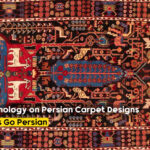
The Influence of Religion and Mythology on Persian Carpet Designs

Persian Carpets VS Other Oriental Rugs
Persian carpets have long been admired for their intricate designs, cultural significance, and artistry. Beyond their traditional roles in homes, museums, and collections, Persian carpets have made their mark in cinema, where they are often used as visual elements that enhance storytelling, character development, and symbolism. Whether used to evoke opulence, depict cultural heritage, or serve as metaphorical symbols, Persian carpets play a subtle yet impactful role in many films. This post will explore the various ways Persian carpets have been used in films, contributing to the overall visual and emotional impact of the narrative.
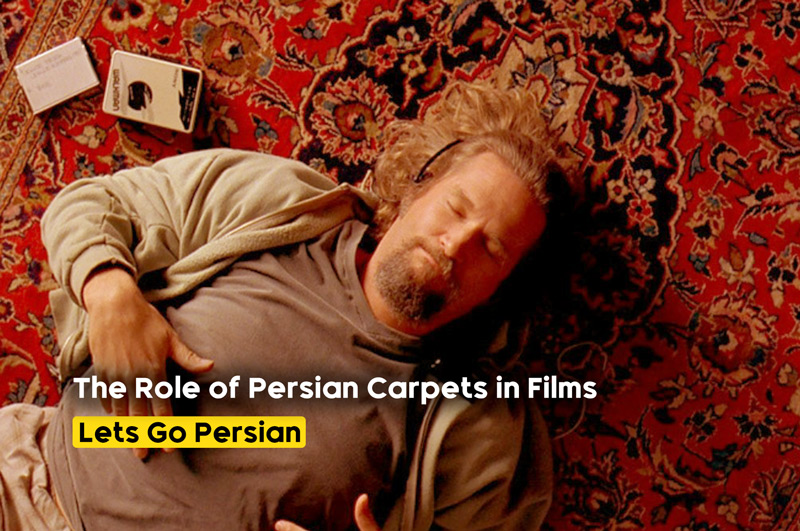
The Role of Persian Carpets in Films
1. Persian Carpets as Symbols of Luxury and Wealth
Cinematic Opulence and Grandeur
In many films, Persian carpets are used to signify wealth, luxury, and status. Their intricate craftsmanship and historical association with royalty and nobility make them ideal for set designs intended to evoke opulent settings.
- Palatial Interiors: Persian carpets are often seen in palatial settings, symbolizing the elegance and sophistication of the characters who inhabit these spaces. Whether it’s a historical drama or a modern-day portrayal of affluence, the presence of a Persian carpet immediately conveys a sense of grandeur.
- Examples in Films: In films like The Great Gatsby (2013), Persian carpets appear in scenes that showcase the excessive luxury of the 1920s elite. Similarly, in The Godfather (1972), Persian carpets are used in the lavish interiors of the Corleone family’s home, subtly reinforcing their wealth and power.
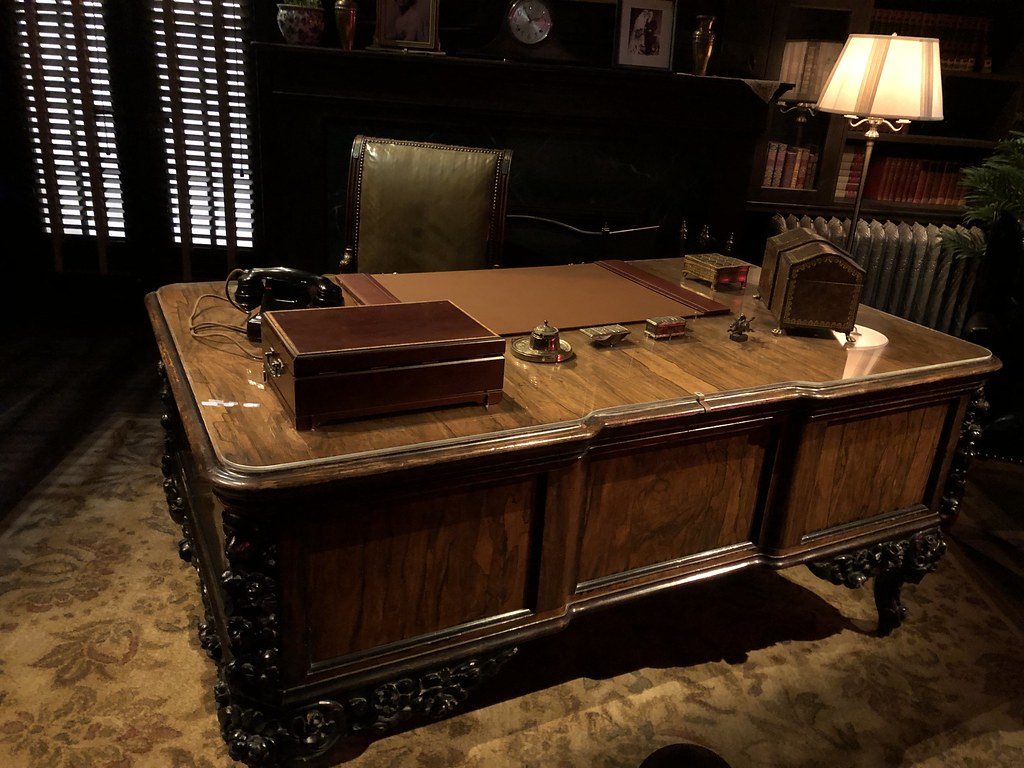
Office of Don Vito Corleone
Character Development Through Set Design
The use of Persian carpets can also reflect the personality and background of characters, particularly those who come from aristocratic or wealthy families. By including such visual cues, directors and set designers give audiences insight into the character’s lifestyle, values, and upbringing without the need for dialogue.
- Subtle Storytelling: A character surrounded by Persian carpets might be portrayed as someone with refined taste, cultural awareness, or a connection to tradition. In contrast, the absence of such luxury in other characters’ environments may highlight differences in social status or background.
- Examples in Films: In Atonement (2007), the use of Persian carpets in the home of the wealthy Tallis family helps depict their upper-class lifestyle, contrasting with the simpler surroundings of other characters.
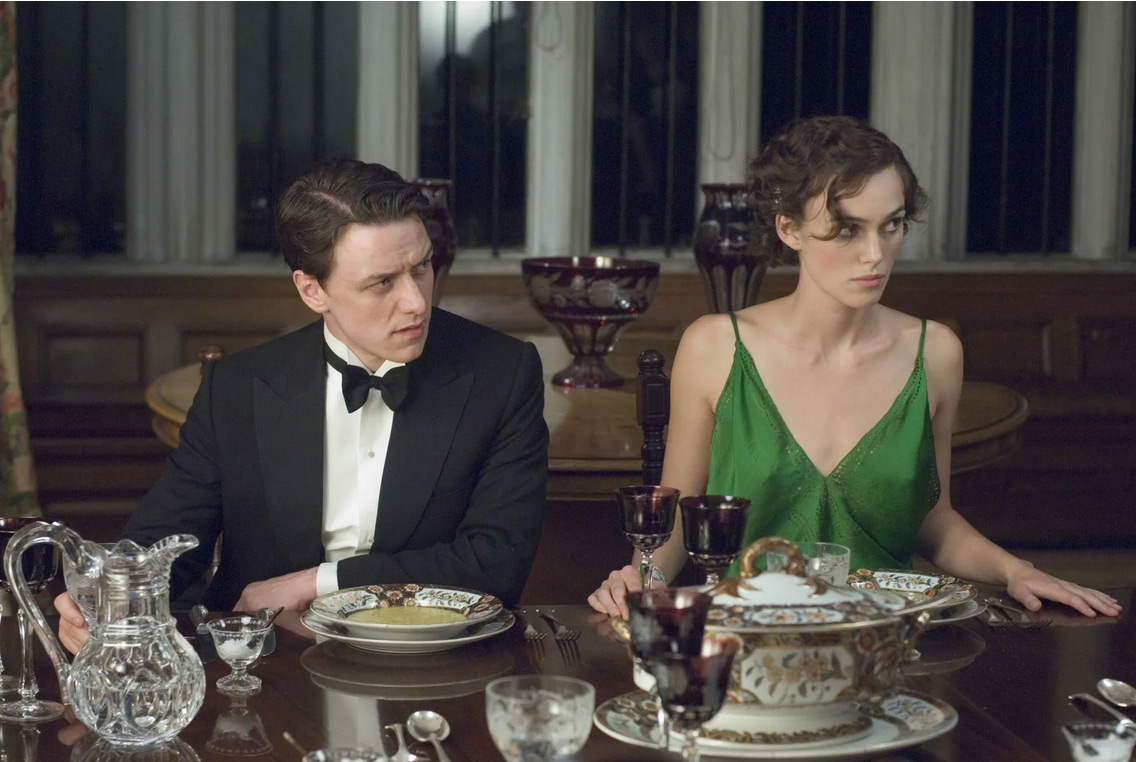
Atonement (2007)
2. Persian Carpets as Cultural Markers
Establishing Cultural Identity and Authenticity
In films set in the Middle East, Central Asia, or Persia, Persian carpets are often used to ground the story in a specific cultural context. These carpets can be seen in homes, markets, or religious settings, serving as a visual shorthand for the film’s geographic and cultural setting.
- Cultural Authenticity: Directors use Persian carpets to add authenticity to scenes, ensuring that the set accurately reflects the time and place of the story. Persian carpets, with their unique patterns and colors, are unmistakably tied to Iran and its cultural heritage, making them a valuable tool for filmmakers aiming to represent Iranian or Middle Eastern culture.
- Examples in Films: In Aladdin (2019), Persian-inspired carpets appear throughout the bustling marketplace and royal palace, helping to establish the film’s setting in a Middle Eastern fantasy world. Similarly, in films like Argo (2012), Persian carpets contribute to the authenticity of scenes set in Iran, where carpets are a part of everyday life.
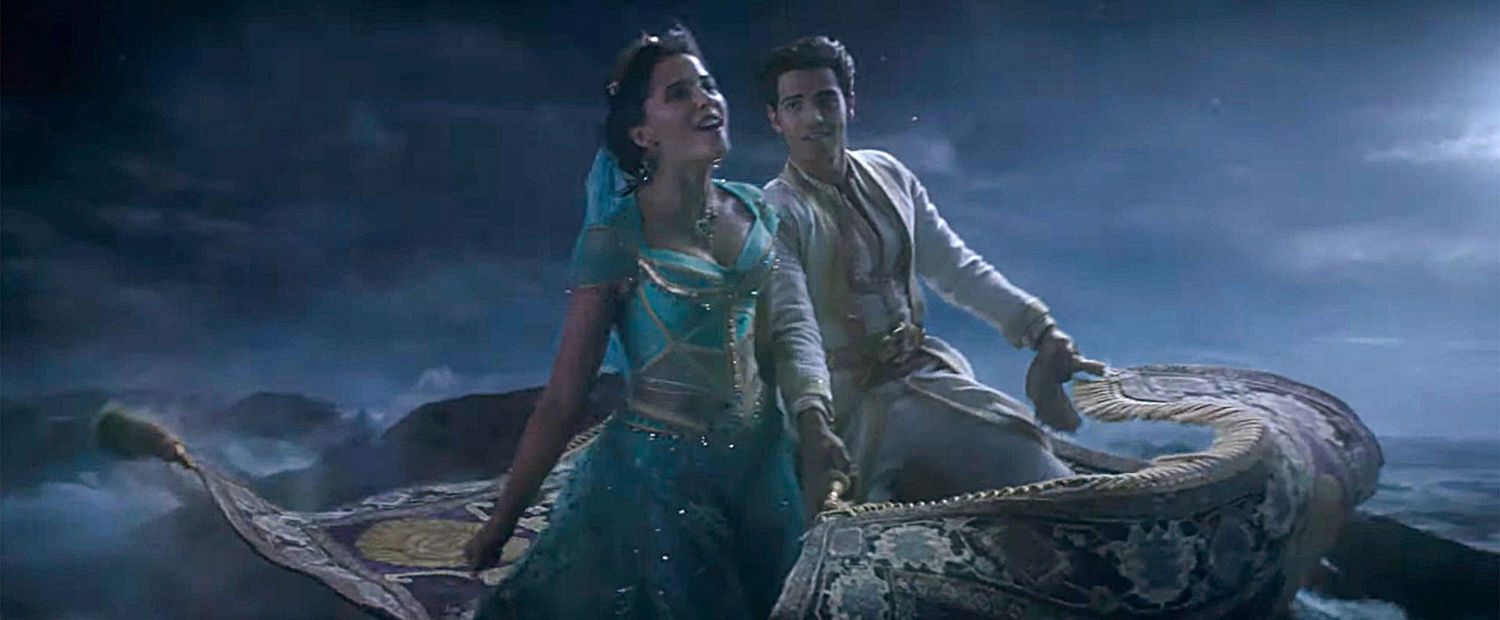
Aladdin (2019)
Symbolizing Tradition and Continuity
Persian carpets are also used in films to symbolize tradition, family, and continuity. Their presence in homes, especially those passed down through generations, can represent the preservation of cultural heritage and the importance of family ties.
- Tangible Heritage: In films that explore themes of family and tradition, Persian carpets serve as visual symbols of the past, connecting characters to their ancestors and cultural roots. They represent the tangible heritage that is passed from one generation to the next, often with sentimental or emotional significance.
- Examples in Films: In The Kite Runner (2007), the use of Persian carpets in Afghan homes reflects the deep-rooted traditions of family and cultural identity. The carpets serve as a visual metaphor for the character’s connection to their homeland, even as they navigate personal and political turmoil.
3. Persian Carpets as Symbols in Metaphorical and Dream Sequences
The Flying Carpet: A Symbol of Escape and Magic
One of the most iconic uses of Persian carpets in films is the flying carpet, a symbol that represents freedom, adventure, and escape. While this trope originates from Middle Eastern folklore, it has been popularized by Western films and animations, especially in fantasy genres.
- Magical Journeys: In films like Aladdin (1992), the flying carpet is a central symbol of magic and adventure, transporting characters across vast distances and opening up possibilities for personal growth and discovery. It represents the idea of breaking free from physical or societal constraints.
- Symbol of Freedom: The flying carpet, as seen in animated and live-action versions of Aladdin, symbolizes the characters’ desire for freedom, both in a literal and metaphorical sense. For Aladdin, the carpet represents his escape from poverty and his journey toward fulfilling his dreams.
Dreamlike Atmospheres and Mystical Settings
Persian carpets are often used in dream sequences or fantastical settings, where their elaborate designs and vivid colors help create an otherworldly atmosphere. Their rich symbolism, derived from centuries of cultural and artistic traditions, lends itself well to scenes that explore the surreal or the mystical.
- Visual Metaphors: In some films, Persian carpets are used to evoke otherworldly or transcendent experiences. Their intricate patterns and vibrant colors can symbolize the complexity of the character’s inner worlds or the transformative nature of the scene.
- Examples in Films: In Inception (2010), while Persian carpets are not a primary focus, the detailed visual design of certain dreamscapes draws on the same artistic principles of symmetry, pattern, and repetition found in Persian carpet motifs. These elements help create a surreal, layered experience for viewers.
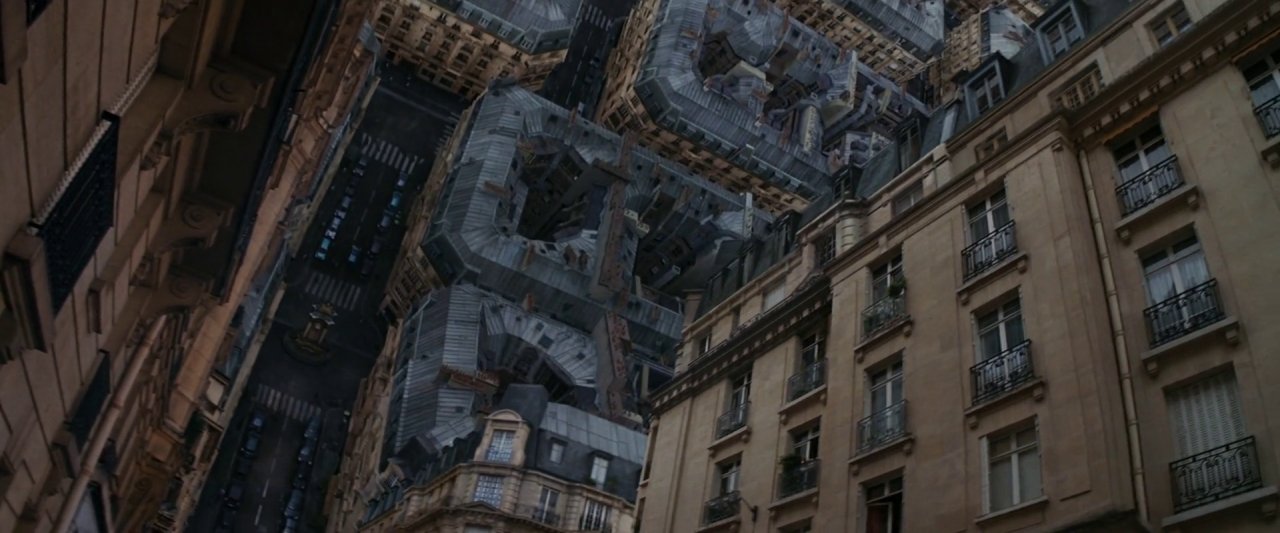
Inception (2010)
4. Persian Carpets in Scenes of Conflict and Power
Symbol of Control and Ownership
In some films, Persian carpets are used to symbolize control and power dynamics within a space. Whether they are placed in the home of a powerful figure or appear as objects of desire or conflict, carpets can reflect underlying tensions and struggles.
- Wealth and Conquest: In historical or political dramas, Persian carpets are sometimes depicted as symbols of conquest or trophies of war. Owning such a carpet can be a symbol of dominance, control, or the spoils of power.
- Examples in Films: In House of Saddam (2008), Persian carpets are seen in the elaborate interiors of Saddam Hussein’s palaces, symbolizing both his wealth and his authoritarian control over Iraq. The carpets, with their luxurious appearance, contrast with the brutality of his regime.
Scenes of Violence and Contrast
Persian carpets are sometimes used as backdrops in scenes of violence, creating a stark contrast between their beauty and the brutality unfolding on them. This juxtaposition can serve as a powerful cinematic device, highlighting the tension between elegance and destruction.
- Visual Contrast: The soft, intricate patterns of a Persian carpet can heighten the impact of a violent or tragic moment in a film. The stark contrast between the carpet’s beauty and the harshness of the action unfolding on it can emphasize the intensity of the scene.
- Examples in Films: In A Most Wanted Man (2014), Persian carpets appear in scenes of political intrigue and violence, serving as a reminder of the contrasting worlds of luxury and conflict that the characters inhabit.
5. Persian Carpets as Props and Plot Devices
Objects of Desire or Status
In some films, Persian carpets serve as objects of desire or as significant plot devices. Whether they are items being bartered for, stolen, or passed down as family heirlooms, these carpets can drive the narrative forward or serve as symbols of status and aspiration.
- Heirlooms and Legacy: A Persian carpet might be depicted as a family treasure or an inheritance that holds sentimental value. Its importance in the plot may revolve around characters seeking to protect it, pass it on, or use it as a bargaining tool.
- Examples in Films: In The Grand Budapest Hotel (2014), while not centered around Persian carpets specifically, the film’s ornate and lavish interiors, including luxurious rugs, contribute to the theme of art and heirlooms being intertwined with legacy, intrigue, and power.
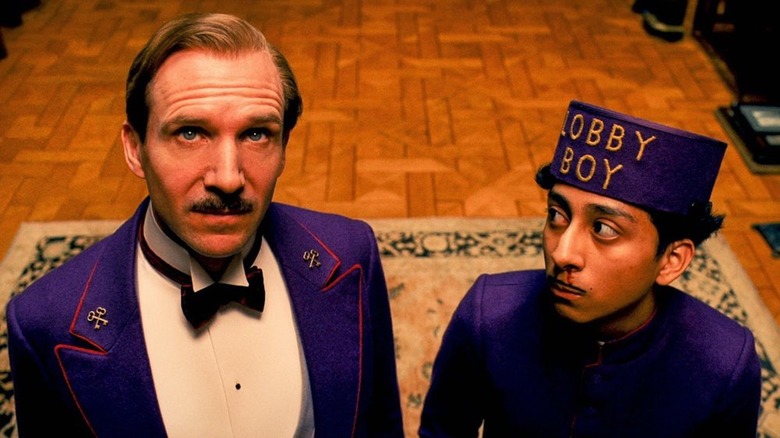
Grand Budapest Hotel (2014)
Conclusion
Persian carpets, with their rich history, intricate designs, and deep cultural significance, have found their place not only in homes but also on the silver screen. Whether used to convey luxury, establish cultural identity, or symbolize freedom and power, Persian carpets are versatile cinematic tools that enhance both the visual and emotional impact of a film. From magical flying carpets to cultural markers and metaphors, these carpets continue to play a vital role in shaping the narratives and aesthetics of the films in which they appear, reflecting the timeless beauty and complexity of the art form itself.



















